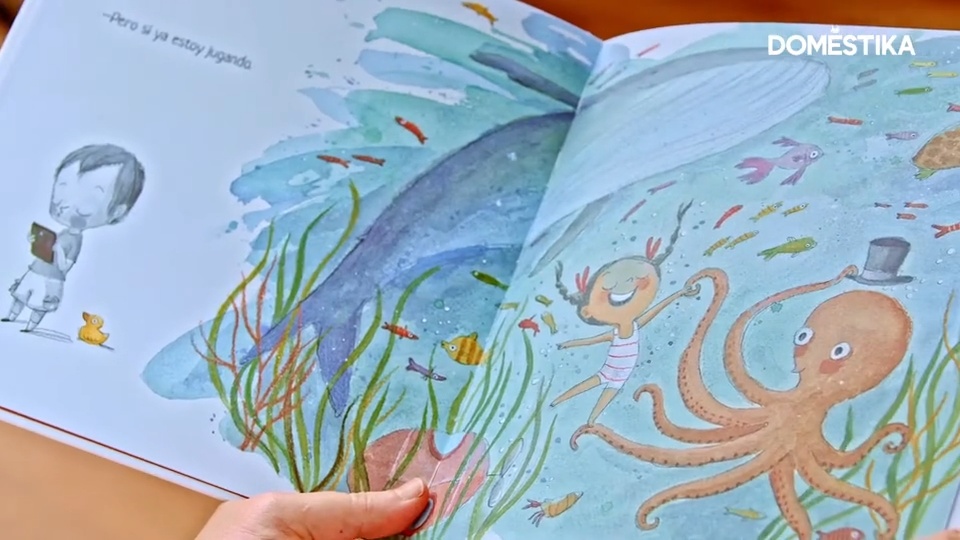Storytelling Tutorial: 5 Tips to Help You Write Children’s Books

Learn the basic techniques that anyone who wants to write stories for children needs to bear in mind, with Ian Brenman
The first children’s books were written in the 17th century, and were transcriptions of tales passed down from generation to generation. These entertaining stories conveyed values and criticized the powers oppressing society. Which is why the authors didn’t use their real names.
Charles Perrault’s classic fairy tales: Mother Goose, Blue Beard, Cinderella, and Puss in Boots, were published between 1628 and 1703. His example was followed by great authors including: Hans Christian Andersen, Carlo Collodi, the Brothers Grimm, Lewis Carrol and Wilhelm Busch.
These tales and authors proved that words can transport children to fantastic universes and allow them to transform their realities with a little imagination. But knowing how to convey a message to these demanding readers is not an easy task.
Award-winning children’s author and international super-star Ilan Brenman has been translated into over 15 languages. You won’t find anyone better to guide you on your creative mission. He has won numerous awards and written numerous best-sellers. He trained as a psychologist, before completing a master’s degree and PhD in Education and has taught courses and given conferences to thousands of people all over the world.
In this tutorial, Ilan gives you his tips for people who want to write stories for children but don’t know where to start.
Don’t miss his advice!
1. Read a lot
Read all the children’s books you can, in every genre and from every country. The more you read, the more references and baggage you’ll have when it comes to writing your own stories.

2. Pay attention to the details
Notice the little things in your life, including the ones that happen inside your head, in your world of ideas. Great book ideas can emerge from these events and thoughts.
3. Think of an exciting story
Children aren’t interested in subjects like education or psychology. Find stories that affect them and are part of their lives. Use your sensitivity to understand what has the greatest power to cause emotion and surprise.

4. See through the eyes of a child
Children look at things differently, so practice putting on your “children’s glasses” to discover details and worlds full of magic and innocence.

5. Don’t underestimate children
Never underestimate the intelligence and sensitivity of children. They’re generally sharper than grown-ups. Pay attention to anything that could make you seem arrogant.
Love this tutorial? If you want to learn how to delight young readers with stories inspired by your daily life and waken your inner writer, don’t miss Ilan’s online course: Creating Children’s Stories.
You may also like:
- 10 Essential Online Creative Writing Courses for 2021
- What Is an Illustrated Life Journal and How to Start One?
- Illustration Tutorial: Exercises to Stimulate Your Creativity
- Illustrating and Writing a Children‘s Book, a course by Valentina Toro
- Illustrated Children’s Books: Create a Unique Story, a course by Weberson Santiago




0 comments